Newington Rag Limestone
<NOTE: CONTENTS ARE BETA VERSION – SUBJECT TO FACT CHECK AND VERIFICATION>
Geological Formation
The Newington Rag Limestone is a geological formation that is part of the Lower Greensand Group (Woods, 2001). The Lower Greensand Group is a series of sedimentary rocks that were deposited during the Early Cretaceous period, which occurred between 145 and 100 million years ago (BGS, n.d.). The Newington Rag Limestone is characterised by its alternating beds of sandstone, siltstone, and limestone (BGS, n.d.).
The Newington Rag Limestone is a fine- to medium-grained sandstone that is characterised by its blue-grey colour (Parker, 1970). The stone is composed mainly of quartz grains, with lesser amounts of feldspar, mica, and other minerals (BGS Lexicon). The sandstone has a relatively high compressive strength and is known for its durability and resistance to weathering (Parker, 1970). The stone is characterised by its blue-grey colour and fine-grained texture (Strategic Stone Study, 2014). The thickness of the formation varies, but it is generally between 12 and 40 metres thick (BGS, n.d.).
The Newington Rag is typically found in the Lower Cretaceous strata of the Hythe Formation in the southeast England including Kent, Surrey, and Sussex (Stone Federation Great Britain, n.d.). The sandstone has a thickness that ranges from a few metres to around 25 metres (BGS Lexicon). The geographical limits of the formation are not precisely defined but are generally associated with the Wealden Basin in southern England (Parker, 1970). The stone is found in various colours, including grey and blue-grey, and is characterised by its ability to weather well (BGS, n.d.). The stone is also known by alternative names, including Newington Stone and Charlton Stone (BGS, n.d.).
Use in Buildings
The Newington Rag Limestone has been used in many villages and other buildings in southeast England. In the village of Newington, the stone is used extensively in the construction of buildings such as cottages and farmhouses.
Disclaimer: Any external linked sites are not University owned and may no longer work. You access these external links at your own risk.
| Stone Name | Locality for past extraction of this stone (from Building Stones of England English Heritage – excel file) |
| Folkestone Stone | Kent Buildings (https://historicengland.org.uk/content/docs/advice/building-stones-england/bse-excel-kent/); |
| Kentish Ragstone | Berkshire Buildings (https://historicengland.org.uk/content/docs/advice/building-stones-england/bse-excel-berkshire/); Hertfordshire Buildings (https://historicengland.org.uk/content/docs/advice/building-stones-england/bse-excel-hertfordshire/); Kent Buildings (https://historicengland.org.uk/content/docs/advice/building-stones-england/bse-excel-kent/); Norfolk Buildings (https://historicengland.org.uk/content/docs/advice/building-stones-england/bse-excel-norfolk/); Suffolk Buildings (https://historicengland.org.uk/content/docs/advice/building-stones-england/bse-excel-suffolk/); |
| Building using this stone (from Building Stones of England English Heritage – excel file) | |
| Folkestone Stone | Kent Buildings (https://historicengland.org.uk/content/docs/advice/building-stones-england/bse-excel-kent/); |
| Kentish Ragstone | Berkshire Buildings (https://historicengland.org.uk/content/docs/advice/building-stones-england/bse-excel-berkshire/); Hertfordshire Buildings (https://historicengland.org.uk/content/docs/advice/building-stones-england/bse-excel-hertfordshire/); Kent Buildings (https://historicengland.org.uk/content/docs/advice/building-stones-england/bse-excel-kent/); Norfolk Buildings (https://historicengland.org.uk/content/docs/advice/building-stones-england/bse-excel-norfolk/); Suffolk Buildings (https://historicengland.org.uk/content/docs/advice/building-stones-england/bse-excel-suffolk/); |
| Stone Name | Building Stones of England (English Heritage Regional Stone Atlases) |
| Folkestone Stone | Kent stones (https://historicengland.org.uk/images-books/publications/building-stones-england-kent/bse-kent/); |
| Kentish Ragstone | Berkshire stones (https://historicengland.org.uk/images-books/publications/building-stones-england-berkshire/bse-berkshire/); Essex stones (https://historicengland.org.uk/images-books/publications/building-stones-england-essex/bse-essex/); Hertfordshire stones (https://historicengland.org.uk/images-books/publications/building-stones-england-hertfordshire/bse-hertfordshire/); Kent stones (https://historicengland.org.uk/images-books/publications/building-stones-england-kent/bse-kent/); Norfolk stones (https://historicengland.org.uk/images-books/publications/building-stones-england-norfolk/bse-norfolk/); Suffolk stones (https://historicengland.org.uk/images-books/publications/building-stones-england-suffolk/bse-suffolk/); Surrey stones (https://historicengland.org.uk/images-books/publications/building-stones-england-surrey/bse-surrey/); |
References
BGS. (n.d.). The Lexicon of Named Rock Units. https://webapps.bgs.ac.uk/lexicon/https://webapps.bgs.ac.uk/lexicon/lexicon.cfm?pub=NTW
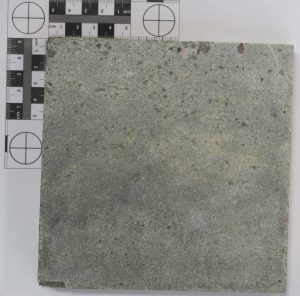 D8
D8
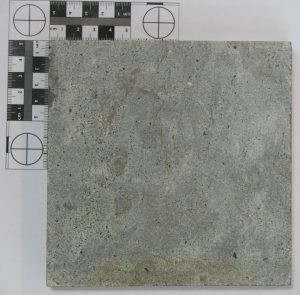 D9
D9
| <stone name> | ||
| Reference | D8 | D9 |
| NAME | Newington Rag Brown | Newington Rag Blue |
| TYPE | Limestone | Limestone |
| GEOLOGY | Cretaceous. Lower Greensand | Cretaceous. Lower Greensand |
| COUNTY | Kent | Kent |
| COLOUR | Grey/green/ blue | Grey/green/brown |
| TEXTURE | Medium grained silica/glauconite in fine calcite matrix | Medium grained silica/glauconite in fine calcite matrix |
| BLOCK SIZE LXBXH (mm) | ||
| SUITABILITY | General building | General building |
| USES (1) | ||
| USES (2) | ||
| USES (3) | ||
| USES (4) | ||
| Stone Names |
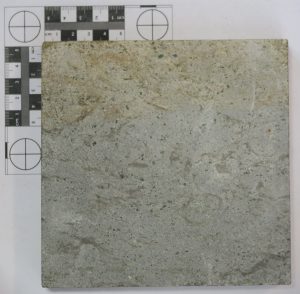 K5
K5
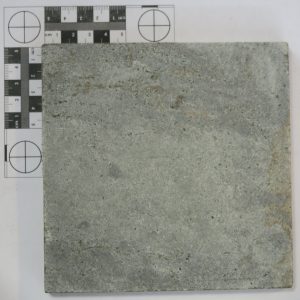 K6
K6
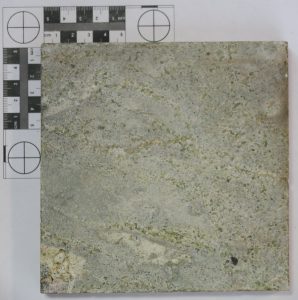 K7
K7
| Reference | K5 | K6 | K7 |
| NAME | Newington Rag Brown | Newington Rag Blue | Newington Rag Green |
| TYPE | Limestone | Limestone | Limestone |
| GEOLOGY | Cretaceous. Lower Greensand | Cretaceous. Lower Greensand | Cretaceous. Lower Greensand |
| COUNTY | Kent | Kent | Kent |
| COLOUR | Grey/green/ blue | Grey/green/brown | Grey/green/brown |
| TEXTURE | Medium grained rounded silica/glauconite in fine calcite matrix | Medium grained rounded silica/glauconite in fine calcite matrix | Medium grained rounded silica/glauconite in fine calcite matrix |
| BLOCK SIZE LXBXH (mm) | |||
| SUITABILITY | General Building | General Building | General Building |
| USES (1) | |||
| USES (2) | |||
| USES (3) | |||
| USES (4) | |||
| Stone Names |